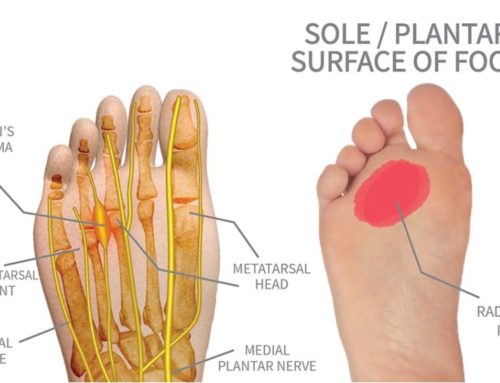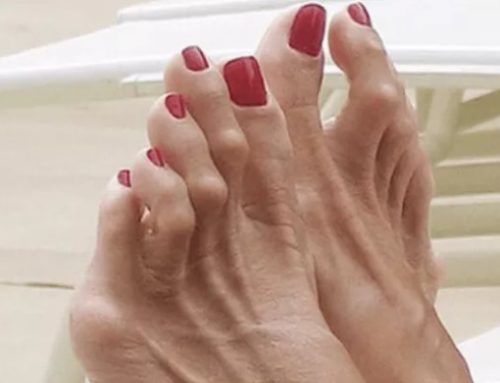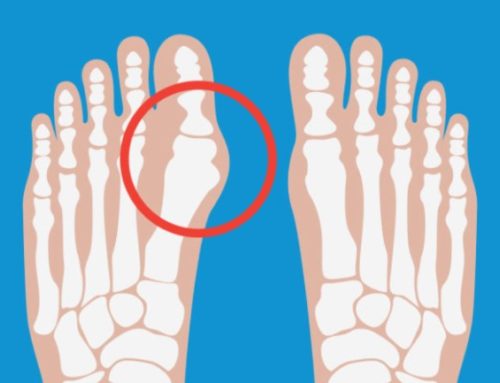
Halle Berry was diagnosed with Type 1 Diabetes at age 22.
The 2011 National Diabetes Fact Sheet included startling statistics—25.8 million people and 8.3% of the population has diabetes. Diabetes can cause and also exacerbate existing foot problems, and people living with this condition may be unaware of serious foot complications because diabetic nerve damage can lessen their ability to feel pain. This is why it is important for diabetic individuals to visit a podiatrist regularly, whether they believe it is necessary or not.
The nerve damage that reduces pain recognition is known as neuropathy, and it can also cause changes in the shape of the foot and toes. Rather than attempting to force misshapen feet into regular shoes, a podiatrist can offer therapeutic shoes for better comfort and to avoid making any issues worse by pinching the feet in tight footwear.
Diabetes can also result in the skin of the foot becoming dry and cracked because the nerves that control oil and moisture no longer function. An at-home solution is to immediately dry feet after bathing and apply a thin layer of plain petroleum jelly to lock in moisture. Refrain from putting creams and oils between the toes because the extra moisture can lead to infection. Also, never soak feet because it can perpetuate the drying of the skin.
Calluses on the bottom of the feet are another common problem in diabetic people. High pressure areas under the foot cause the occurrence and quicker buildup of calluses, which therapeutic shoes can help alleviate. If not trimmed, calluses become very thick and break down, turning into ulcers. Attempting to cut calluses and corns by yourself can lead to ulcers and infection, so a podiatrist should be trusted to regularly take care of the problem for you. For those who do not have neuropathy, using a pumice stone every day on wet skin (and then immediately applying lotion) can also help.
Even though ulcers may not appear to cause any pain, nerve damage is preventing you from feeling it. All foot ulcers must receive the immediate attention of a podiatrist because neglecting them can lead to infections (which are hard to fight because of the high blood glucose levels and poor circulation of a diabetic person) and even the loss of a limb.
Quality Foot Care provides treatment for the full range of diabetes-related foot problems, so give Dr. Lefkowitz a visit in our Doylestown office. By seeking out help from a podiatrist, the many foot issues diabetes causes can be avoided or alleviated before the damage goes too far.




Leave A Comment